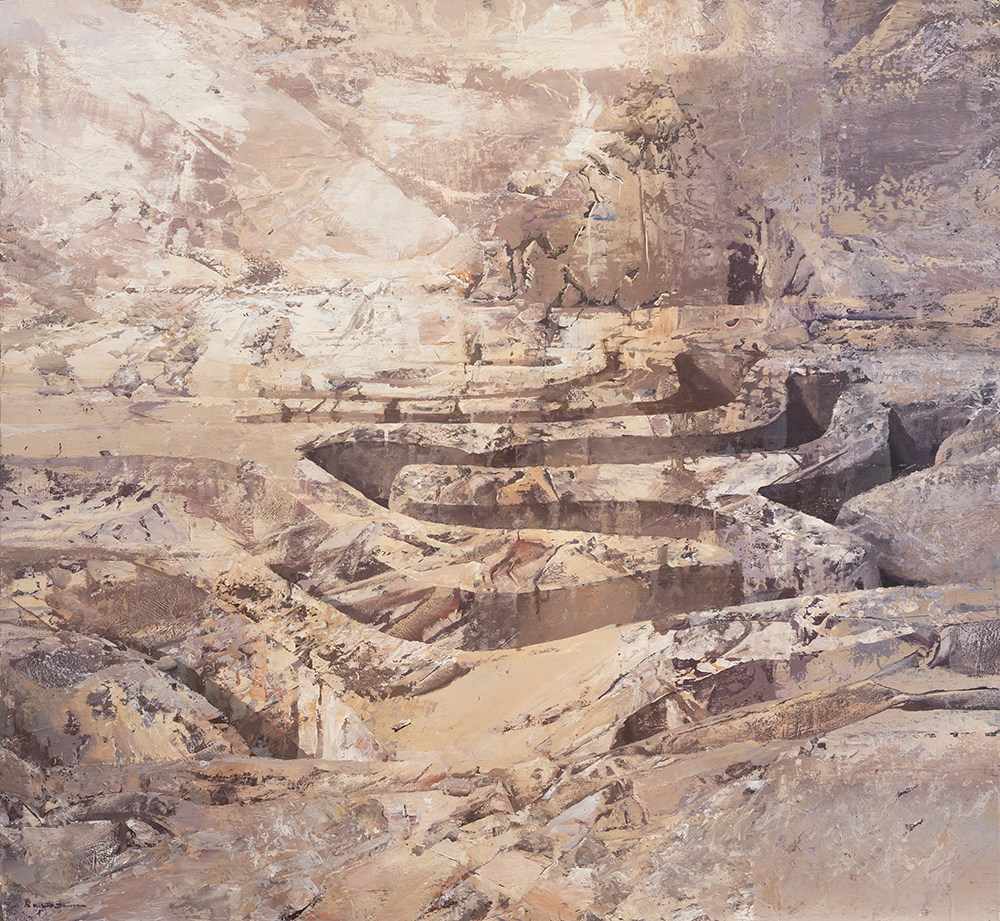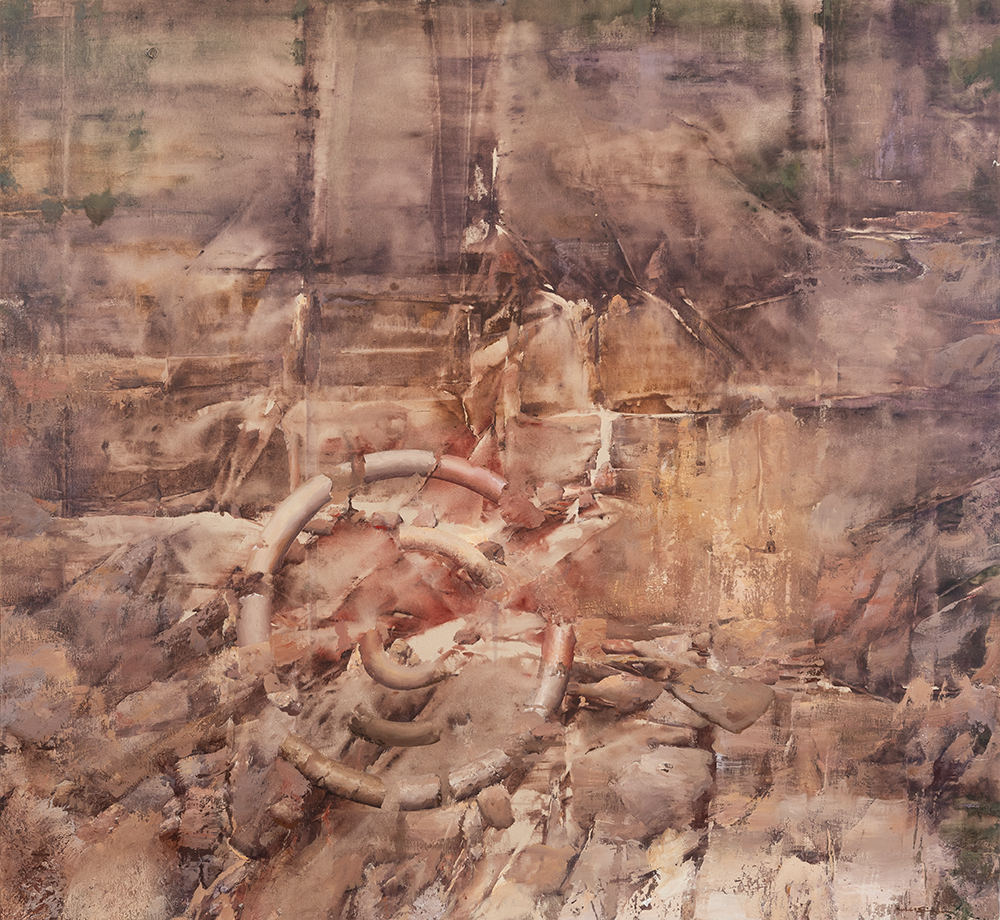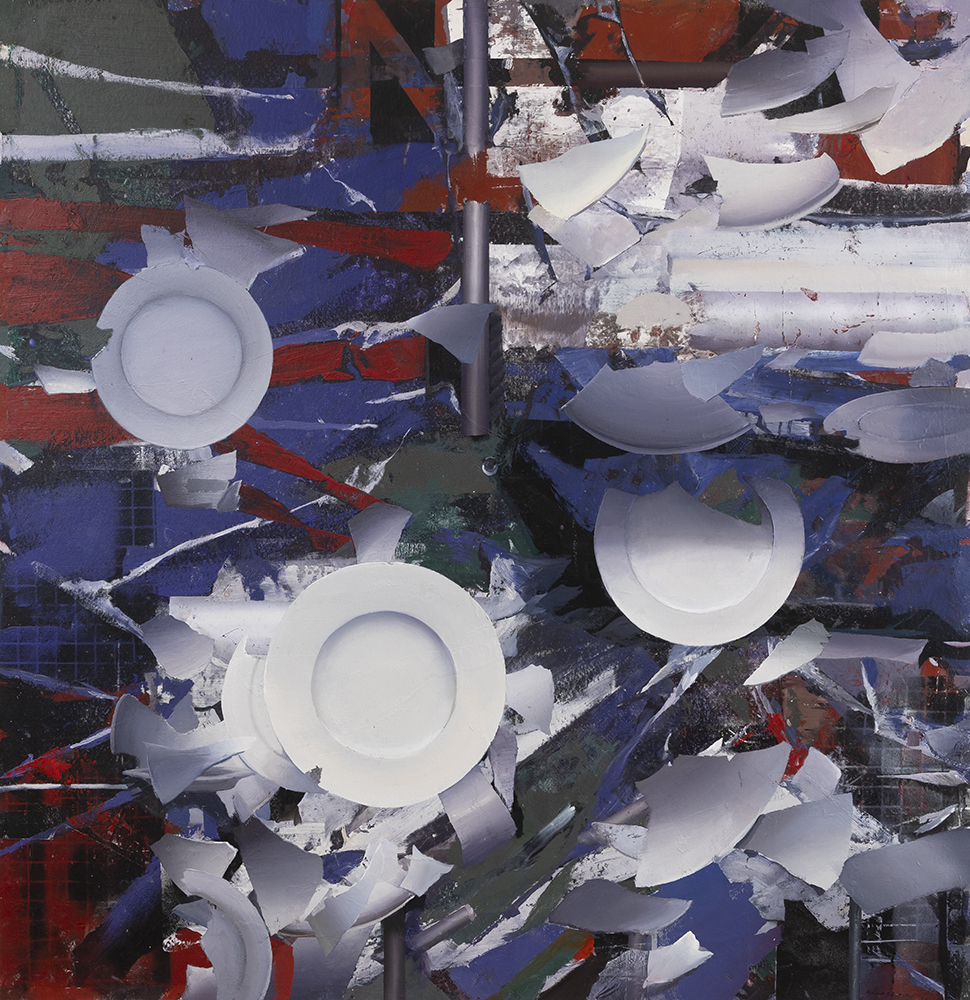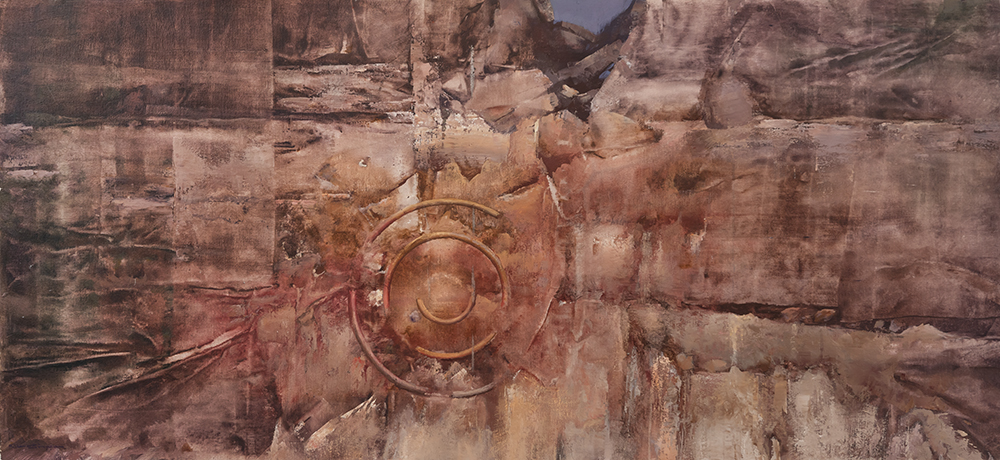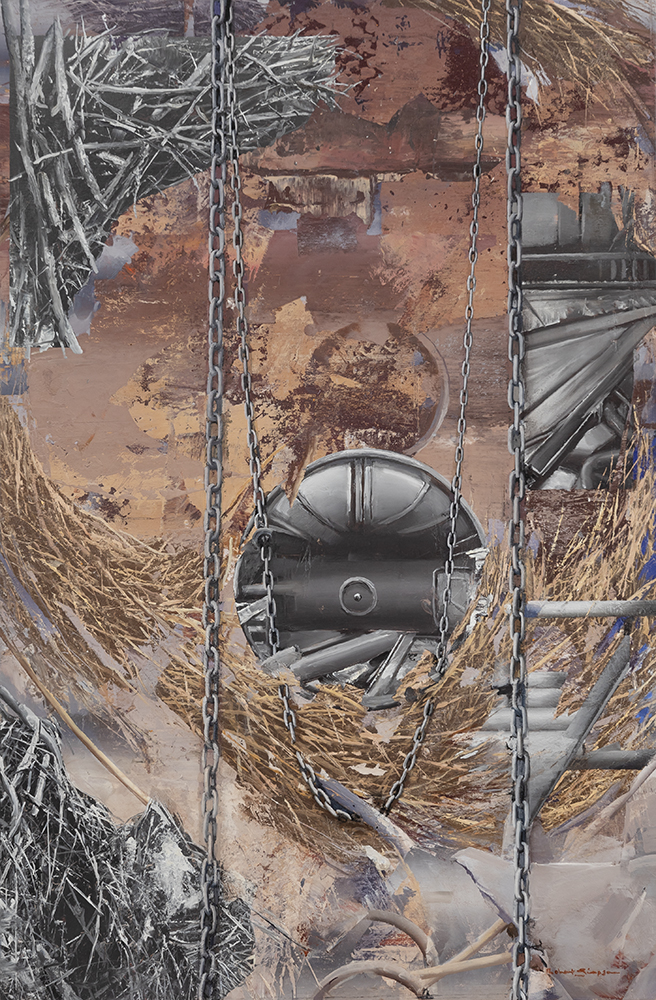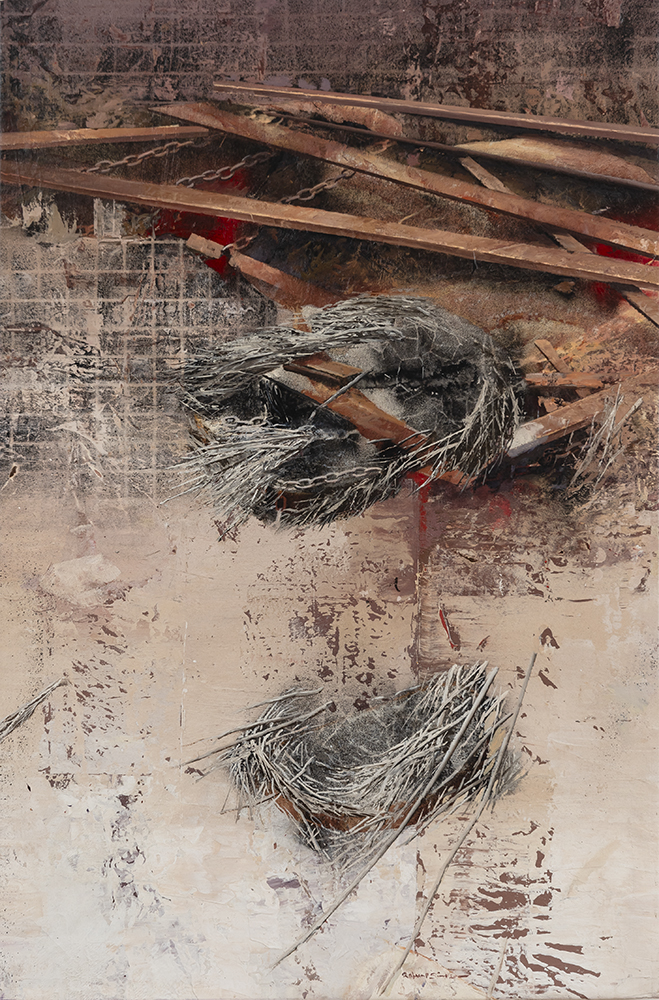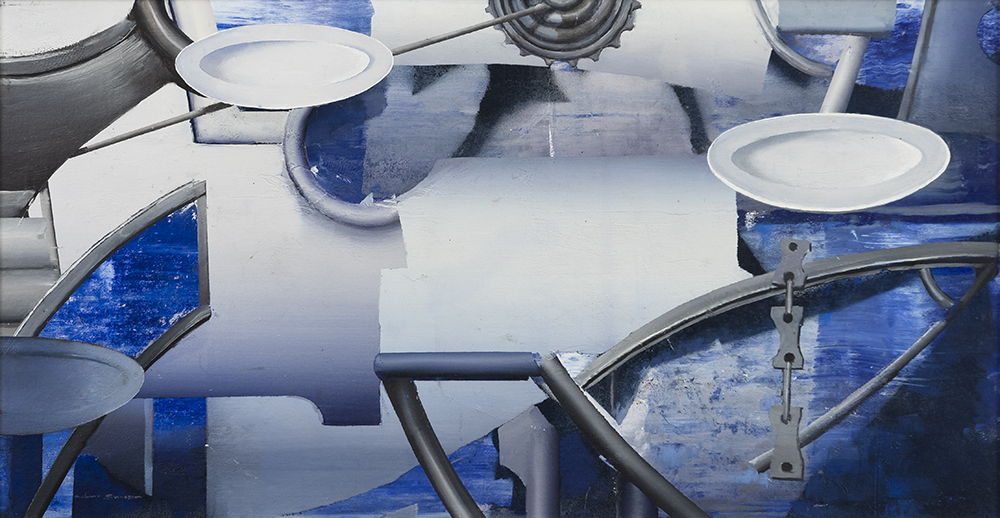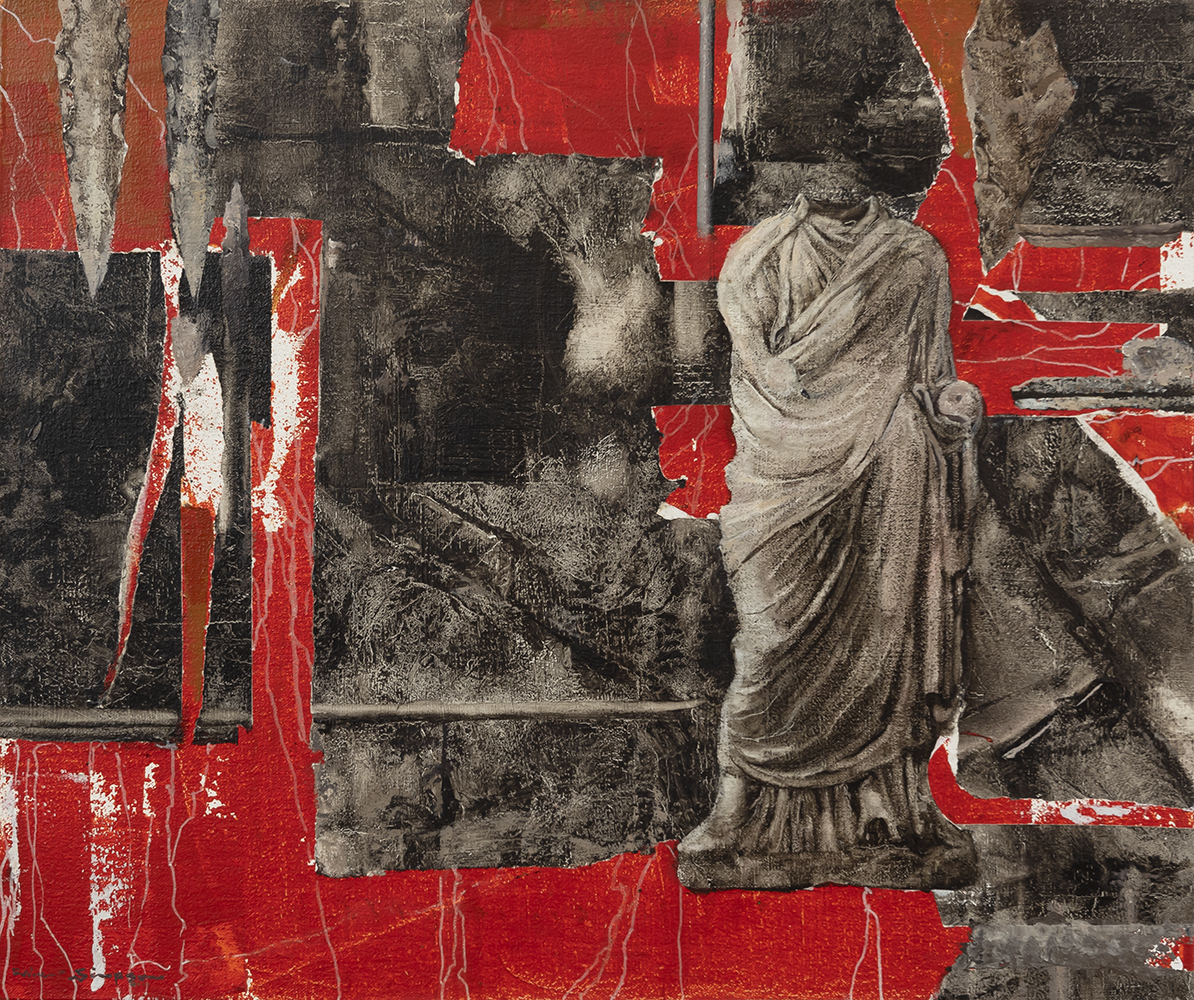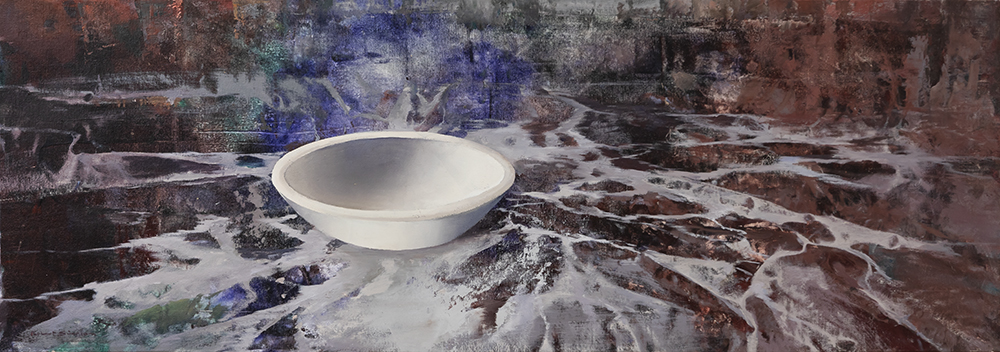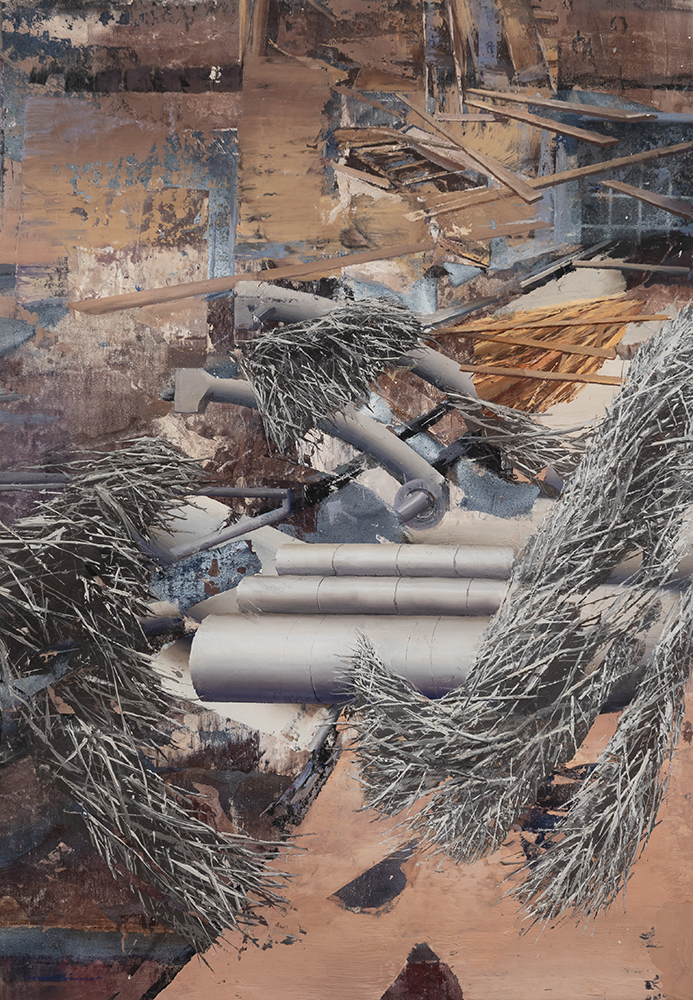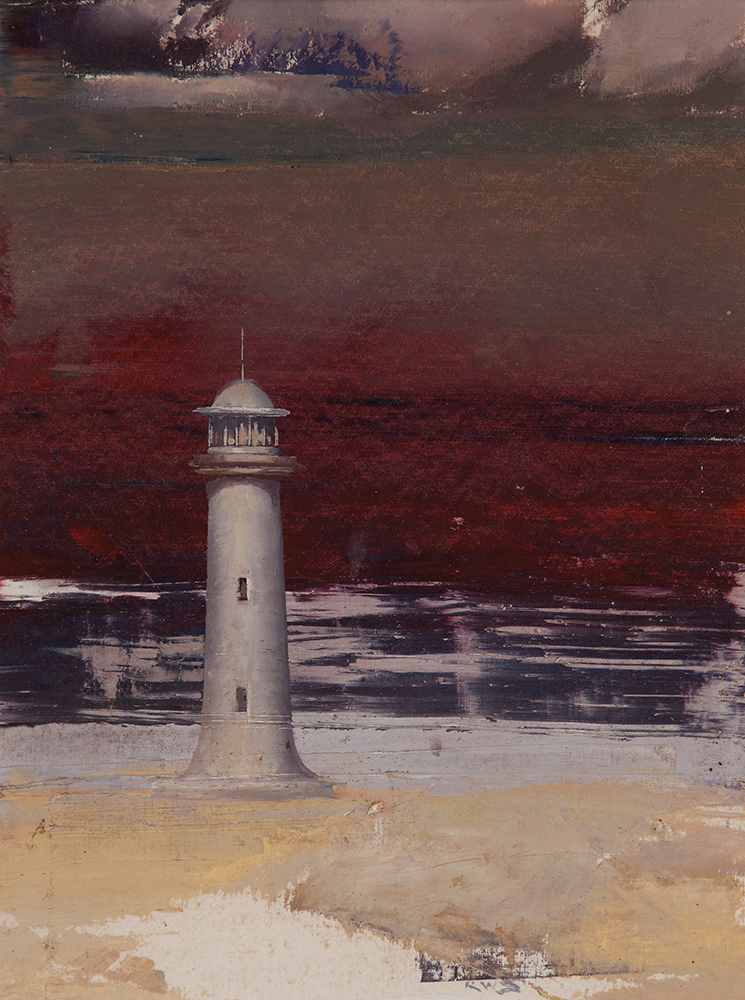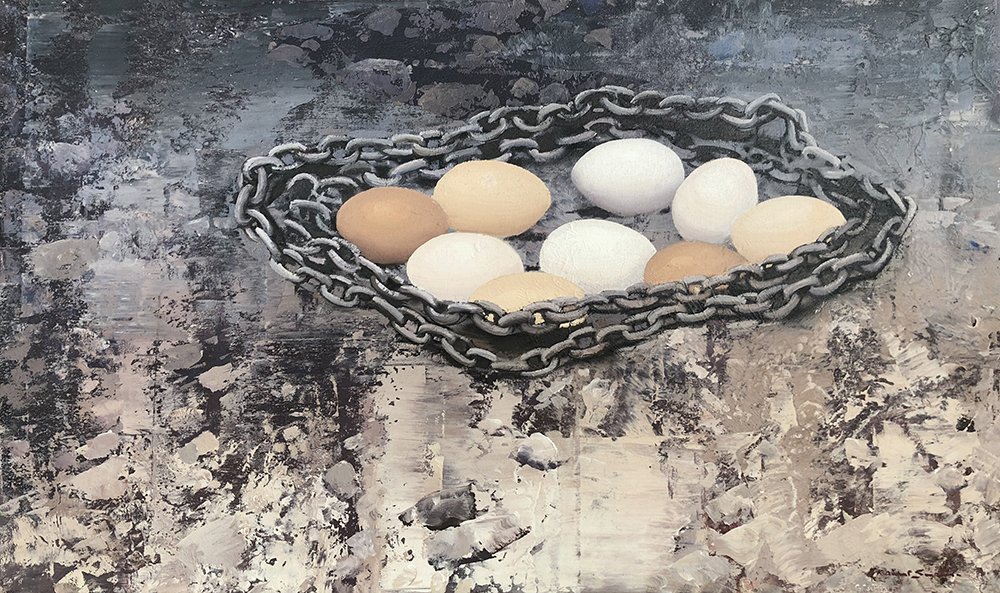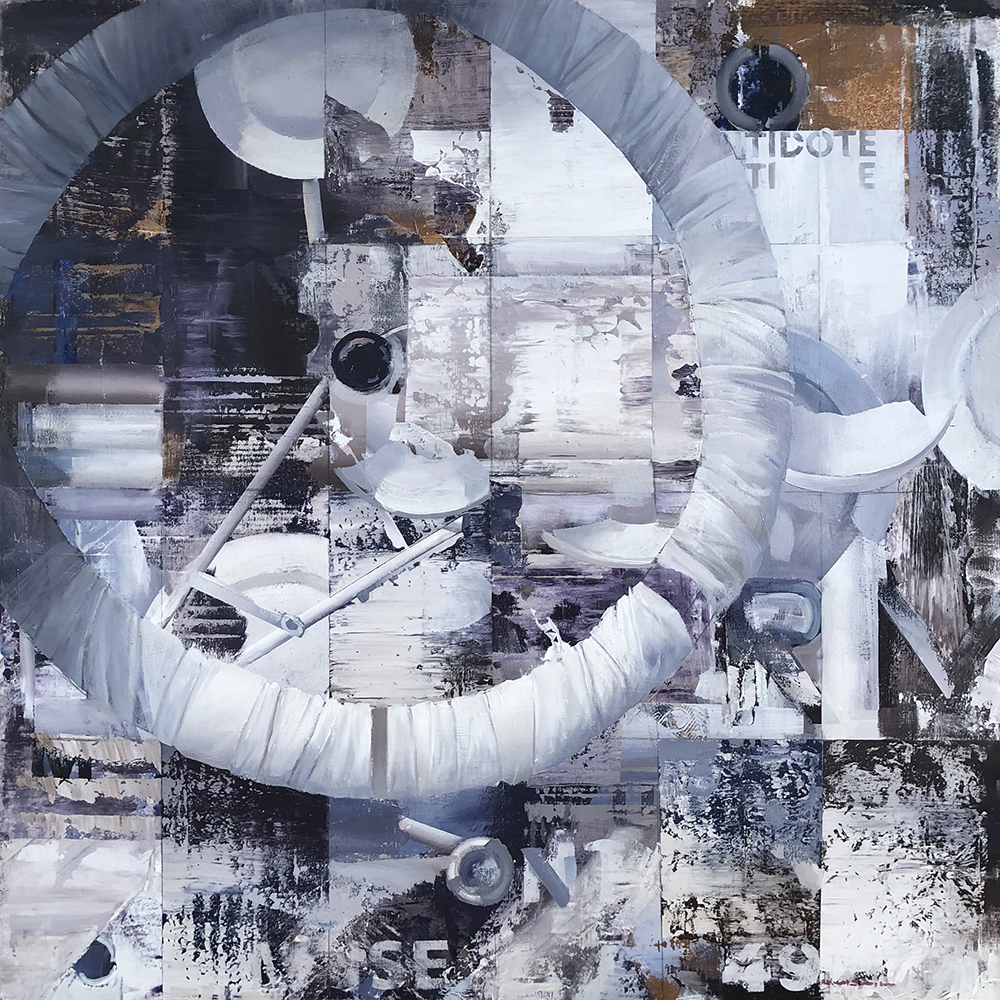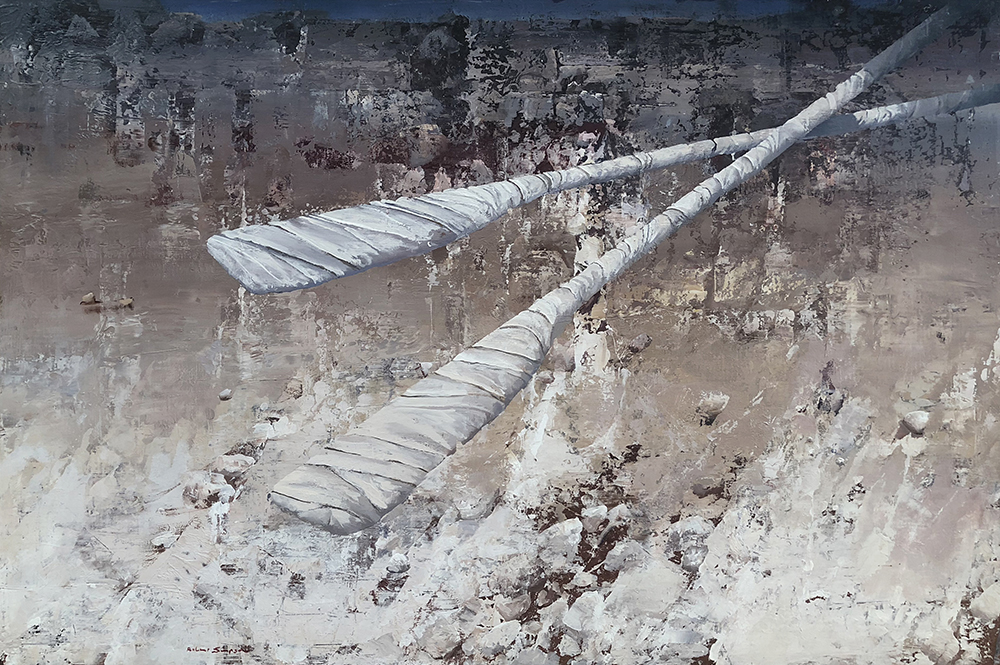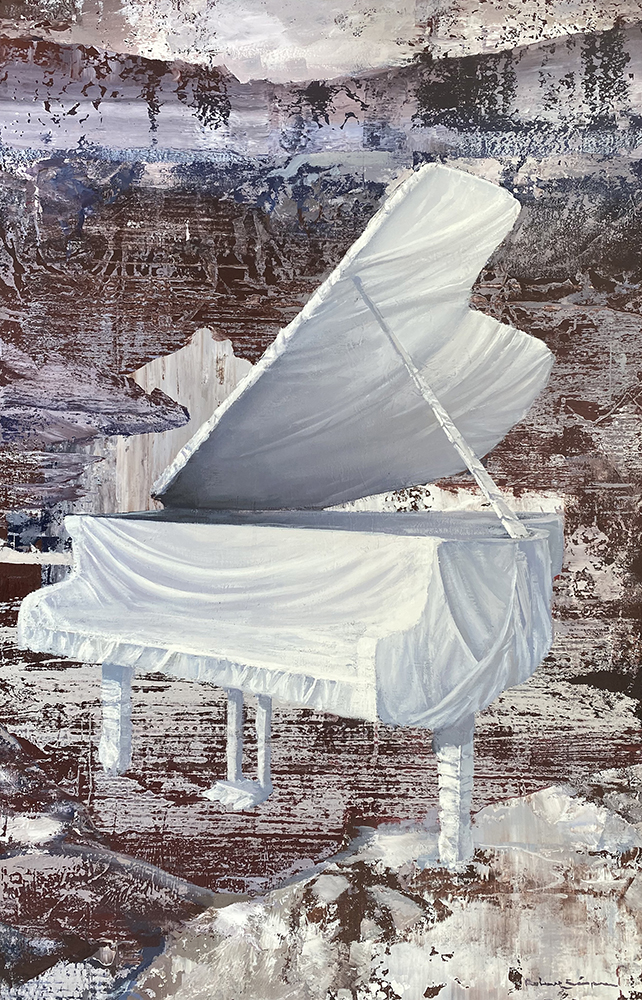available artwork
about the artist
I first met Robert Simpson around 1978: the year that I committed myself to painting full-time and around the time that Bob was just kicking off too. The world was wide and a small, loose cohort of painters gravitated towards each other due to common goals. Primarily, we had a zeal for painting the landscape.
Within the genre of traditional landscape painting, Bob seemed to ‘get it’ very early on. He found a language and expression that took him beyond his contemporaries, and he was tenacious in his study and understanding of all aspects of art.
On painting trips together we were dedicated and worked hard. Still ahead of us in those first heady years was any notion of higher objectives or lofty goals of deeper, more meaningful expression.
Over the first decade, and while I struggled, Bob found success with his near-masterful traditional renditions of the landscape. The public loved what he was doing. We still painted together occasionally and during campfire discussions, he hinted at a growing inner restlessness with what he was doing. Later on, I remember talking with him in his Sussex Inlet studio as he spoke about a book he was reading by Desiderius Orban. It was as though a light had just been switched on — or more like he’d been struck by lightning! It seemed to me that that was, at least in part, the catalyst for the creative explosion that followed.
His work ethic gained an even greater and more relentless drive. It appeared to me from the outside (as we didn’t catch up often) that he was on the verge of something monumental. Every painting was transitional. His work, his mind, and his goals were in flux.
I believe that during that crucible of artistic self-analysis Robert’s ongoing concern for the environment, his rejection by a lot of his earlier followers — not to mention financial struggles, and his dedication and self-belief, all were eventually galvanised into an artistic apparatus that allowed him to clarify the fundamental things that were most essential to him. More importantly, these different strands converged in such a way that he was finally able to find ways and means of expressing them in paint.
In his succeeding, more mature work, I saw his increased use of recognisable objects as metaphor and symbol as an easing of his near self-flagellation during those transitional years. That period was a long, manic quest to discover and interpret the elemental foundations of his perceived world. The once difficult-to-interpret imagery evolved to accommodate an accessible communication while maintaining his artistic integrity.
Unique, creative and inventive are for me hallmark adjectives describing Bob’s emotion-charged examinations of man’s relationship with the natural world. Certainly his paintings require some sensitive thought and interpretation on our part when ‘reading’ them, but we can gain so much from his alchemy and be elevated by his pure art.
Warwick Fuller
June 2016
